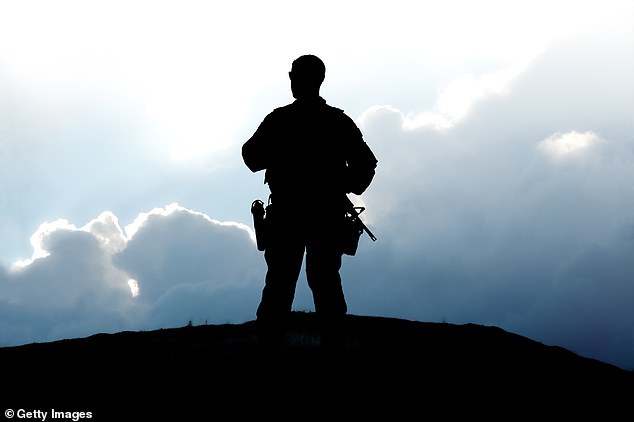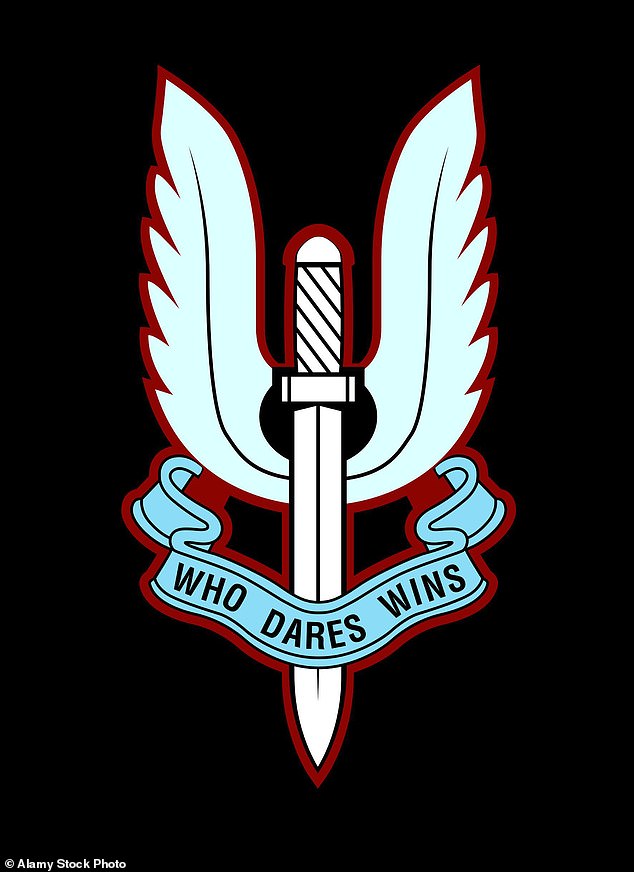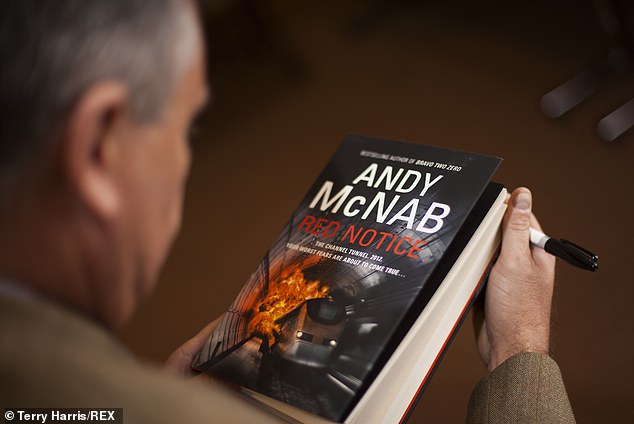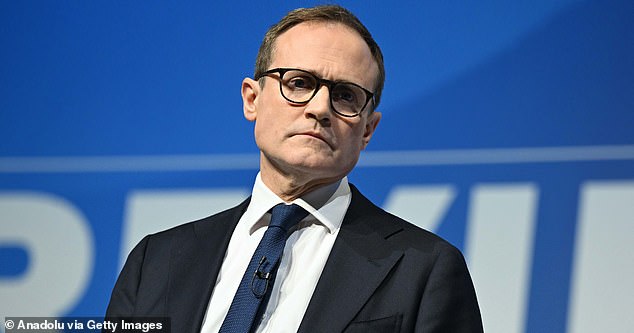The identities of some of Britain’s most elite soldiers – including the son of a senior politician – were accidentally made available online by two publications linked to the armed forces, it has emerged.
The 20 servicemen named, some of whom were in supporting roles while others were active troops, included members of the Special Air Service (SAS), The Sunday Times reported.
In total, 13 soldiers with links to the special forces were identified in the documents, which were intended only for the eyes of military personnel but ended up on the internet with zero password protection.
The most recent example occurred in the last few months, suggesting some of the soldiers may even have been in action at the time their names were visible online.
The first publication inadvertently identified 14 soldiers over the course of a decade, while the second published six names in a four year period, some of who have risen to the highest ranks of the UK military.
Investigative reporters alerted the Ministry of Defence (MOD) on April 23 and within hours the offending documents were taken offline. The MOD also notified those named.
The documents did not overtly specify which units the soldiers’ belonged to, only their names and two codenames that refer to the special forces and their operations.
Such codenames are easily accessible to anyone with an internet connection and clearly identify the individual as being affiliated with the special forces.

The identities of some of Britain’s most elite soldiers were accidentally made available online by two publications linked to the armed forces, it has emerged

The 20 servicemen named included members of the Special Air Service (SAS), whose logo and slogan is pictured here

While the SAS members’ identities are are a fiercely kept MOD secret, several former soldiers have gone public after they left the force, including Steven Billy Mitchell CBE, usually know by his pen name Andy McNab – although his face is always concealed in photographs for his safety
The Freedom of Information Act 2000 defines the ‘special forces’ as ‘those units of the armed forces of the Crown the maintenance of whose capabilities is the responsibility of the Director of Special Forces or which are for the time being subject to the operational command of that Director.’
That includes the SAS, the Special Boat Service, the Special Reconnaissance Regiment, the Special Forces Support Group, 18 (UKSF) Signal Regiment and the Joint Special Forces Aviation Wing.
Together these units comprise the UK’s elite military personnel and they are frequently at the heart of operations in some of the world’s most dangerous military conflicts.
While the SAS members’ identities are are a fiercely kept MOD secret, several former soldiers have gone public after they left the force.
They include Steven Billy Mitchell CBE, usually know by his pen name Andy McNab, and presenter Bear Grylls, who served in the SAS as a trooper from 1994 to 1997 until he broke his back in a parachuting accident in Africa.
The SAS was founded in 1941 by Lieutenant-Colonel Sir Archibald David Stirling to carry out raids behind enemy lines during World War 2.
It was reconstituted as a corps in 1950 and now handles some of the most sensitive aspects of British military life including counterterrorism, hostage situations, special operations and reconnaissance.
The MoD said: ‘The safety of our personnel is of paramount importance, and we take data security extremely seriously. Where we become aware of any potential risk, we will always take immediate action.’

Tom Tugendhat, the former Conservative security minister, who served in both Iraq and Afghanistan, said: ‘Thirty years ago terrorism coming from Northern Ireland made us all aware of operational security at home. It’s clear that some of those lessons need to be learnt again’
Tom Tugendhat, the former Conservative security minister, who served in both Iraq and Afghanistan, said: ‘Thirty years ago terrorism coming from Northern Ireland made us all aware of operational security at home. It’s clear that some of those lessons need to be learnt again.’
Veterans reacted with shock today after the Mail on Sunday revealed that around 20 former members of the SAS – who have no relation to the names accidentally published online – are facing murder charges for shooting dead IRA gunmen more than 30 years ago.
Details have been disclosed for the first time in a letter sent to every British Army regiment by the SAS Association, the first step in a military-style fightback launched by senior SAS officers called Project Verity.
SAS leaders are considering a ‘mass expression of outrage’ by the UK’s two million veterans.
The letter, which was obtained by the Mail on Sunday and National Security News, says: ‘We are about to see a surge of Northern Ireland cases instigated by nationalist activists and targeted at individual veterans.
‘They are fundamentally designed to undermine the British State and its military forces and rewrite the history of the Troubles whilst persecuting ad infinitum scores, possibly hundreds, of former soldiers, decades on from their service.
‘We have recently seen around 20 former Special Forces officers and soldiers referred to the Director of Public Prosecution for investigation, with a view to charging them for offences as serious as murder and conspiracy to murder relating to operations in Coagh and Clonoe in 1991 and 1992.
‘In most cases the terrorists in question were heavily armed and died as a result of their own misadventure, often killed whilst… being arrested when caught in the act of trying to commit murder.
‘These cases are now hijacked by activists seeking to wreak vengeance on former soldiers under the pretence of searching for further truths from more than 30 years ago.’







